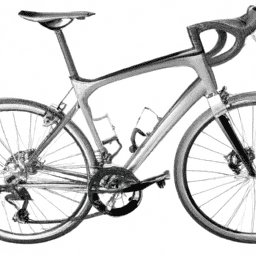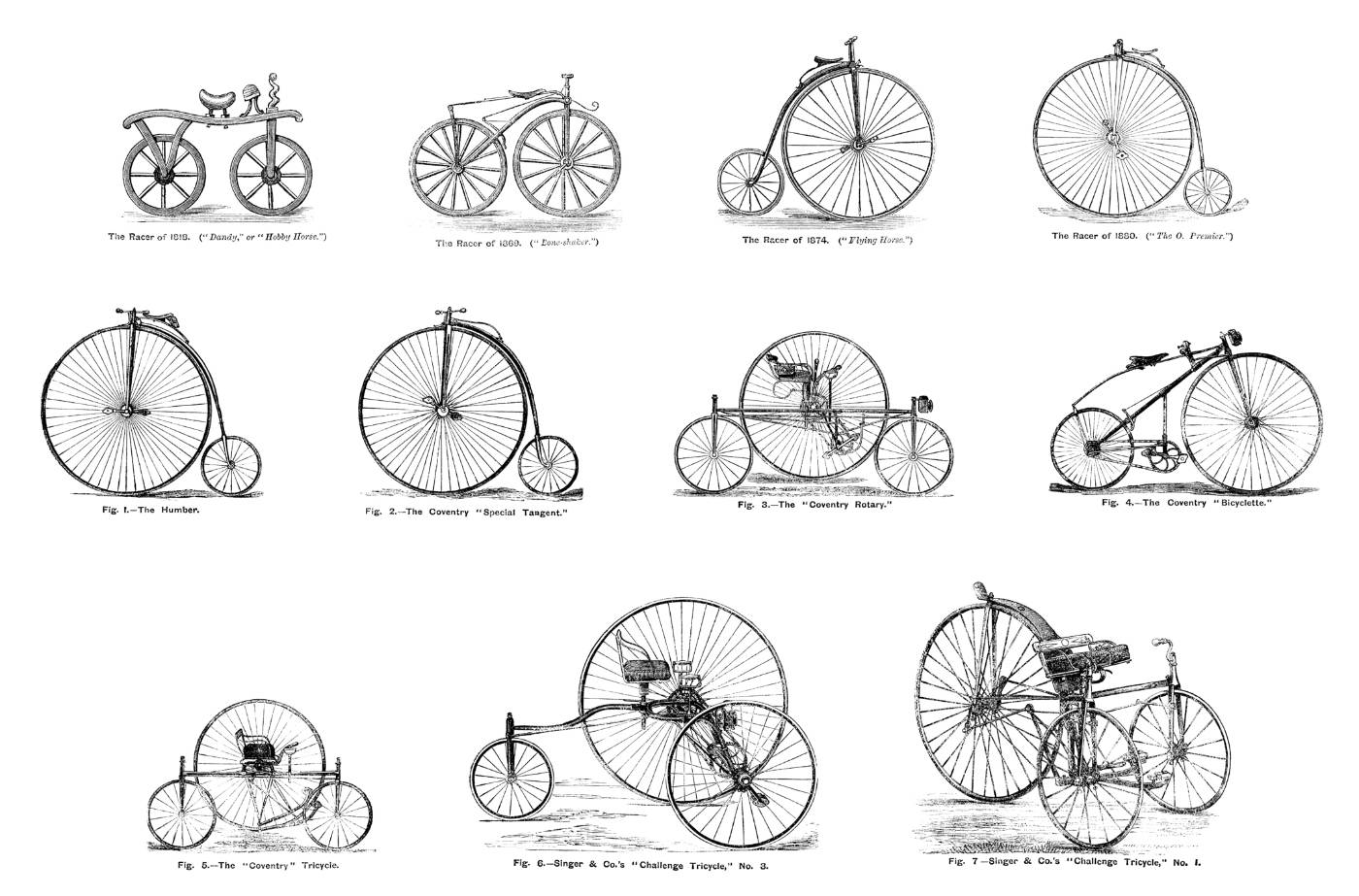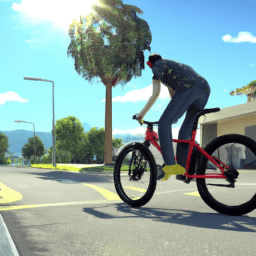As an experienced bike rider, I understand the critical nature of consistent bike maintenance and repairs from personal experience. It’s all too easy to overlook these essential tasks, but ignoring them can lead to expensive issues later. Therefore, I’m eager to explore the detailed aspects of bike repairs and address the longstanding inquiry: what is the cost of bicycle repair?
The answer, of course, depends on a variety of factors, including the type of repair needed, the complexity of the repair, and whether you choose to tackle the repair yourself or take your bike to a professional.
In this article, I’ll break down each of these factors and provide average costs for common bicycle repairs. I’ll also offer some tips for saving money on repairs and provide my own recommendations based on years of experience in the cycling community.
So, whether you’re a seasoned cyclist or just starting out, read on to learn everything you need to know about bicycle repair costs.
Key Takeaways
- Bicycle repair costs vary depending on the type and complexity of the repair, quality of parts, and whether it is done by a professional or DIY.
- Regular maintenance tasks such as oiling the chain, checking tire pressure, inspecting brake pads, and tightening bolts and screws can prevent larger and more expensive problems down the line.
- DIY repairs can be cost-effective but require the right tools and knowledge to be done correctly, while professional repairs offer expertise and assurance of a job done right.
- Comparison shopping and negotiating prices for bike repairs can save money in the long run.
Understanding the Factors that Affect Bicycle Repair Costs
Want to know why bicycle repair costs vary so much? Let’s dive into the factors that can impact the final price tag!
Bicycle repair pricing factors can include the type of repair needed, the age of the bicycle, the quality of the parts needed, and the skill level of the mechanic performing the repair.
Repair cost comparison shows that a simple repair such as fixing a flat tire can cost as little as $10, while a more complex repair like overhauling the entire drivetrain can cost upwards of $300.
The age of the bicycle also plays a role, as older bikes may require more labor hours to complete a repair due to rusted or worn out parts.
Choosing high-quality parts will also increase the cost, but can provide longer-lasting repairs.
Ultimately, the skill level of the mechanic performing the repair can impact the final price tag, as a more experienced mechanic may charge more for their services.
With these factors in mind, let’s now look at the average costs for common bicycle repairs.
Average Costs for Common Bicycle Repairs
You can expect to pay an average price for common bicycle repairs, including flat tire fixes, chain replacements, and brake adjustments. For a basic flat tire repair, the cost can range from $10 to $30 depending on the type of tire and whether or not the inner tube needs to be replaced.
Chain replacements typically cost between $20 and $50, while brake adjustments can cost around $20. Keep in mind that these prices are just averages and can vary depending on the location and the specific bike shop.
Parts pricing can also affect the cost of repairs, as higher-end components may cost more to replace. Regional variations can also play a role, with repairs in larger cities generally costing more than those in smaller towns. Before getting any repairs done, it’s always a good idea to get an estimate from the bike shop to ensure you’re comfortable with the cost.
Transitioning into the next section, it’s important to note that while these repairs can be done by a professional bike mechanic, some individuals may choose to do them themselves. DIY repairs can be a cost-effective option, but it’s important to have the necessary knowledge and tools to do so safely and effectively.
DIY vs. Professional Repairs
When considering repairs for your bike, it’s important to weigh the benefits and drawbacks of DIY versus professional services.
DIY repairs can save you money and give you a sense of accomplishment, but they also require the right tools and knowledge to be done correctly. Common mistakes with DIY repairs include using the wrong tools, not tightening parts enough, or not properly aligning brakes and gears.
Professional repairs, on the other hand, can be more expensive but they offer a level of expertise and assurance that the job will be done right. Professional mechanics have the necessary tools and experience to make repairs quickly and efficiently.
Tools needed for DIY repairs include a set of Allen wrenches, screwdrivers, tire levers, chain tools, and a torque wrench. It’s important to invest in quality tools to avoid damaging your bike or making mistakes.
Common mistakes with professional repairs include overcharging for services, using low-quality parts, or not properly diagnosing the problem. When choosing a bike shop, make sure to read reviews and ask for recommendations from other cyclists.
Ultimately, the decision to DIY or seek professional services will depend on your level of experience and comfort with bike maintenance.
When it comes to saving money on bicycle repairs, there are a few tips to keep in mind. One option is to learn how to perform basic maintenance yourself, such as cleaning and lubricating the chain, adjusting brakes and gears, and checking tire pressure. Another option is to shop around for the best prices on parts and services, or to negotiate with bike shops for a better deal.
By being proactive and informed about bicycle repairs, you can save money and keep your bike running smoothly.
Tips for Saving Money on Bicycle Repairs
As someone who’s been repairing bicycles for years, I can offer some valuable tips for saving money on repairs.
Firstly, it’s important to prioritize regular maintenance in order to prevent larger and more expensive problems from occurring down the line.
Additionally, don’t be afraid to shop around and compare prices between different bike shops or online retailers.
Finally, negotiating prices with your mechanic can often lead to significant savings, especially if you’re a loyal customer or have multiple repairs that need to be done.
By following these tips, you can keep your bike in top shape without breaking the bank.
Regular Maintenance
Regular bike maintenance is like giving your body a check-up, ensuring that everything is running smoothly and preventing any potential issues from becoming bigger problems. The benefits of regular maintenance are numerous, as it saves you money in the long run and extends the lifespan of your bike. Additionally, it helps you to avoid any unexpected breakdowns or accidents, which can be dangerous and costly.
To ensure your bike is always in top condition, it’s important to prioritize regular maintenance tasks. This can include oiling the chain, checking tire pressure, inspecting brake pads, and tightening bolts and screws. By keeping a regular maintenance schedule, you can catch any potential problems before they become major issues. See the table below for a breakdown of recommended maintenance tasks and their frequency.
| Maintenance Task | Frequency |
|---|---|
| Chain lubrication | Every 100-200 miles |
| Tire pressure check | Weekly |
| Brake pad inspection | Monthly |
| Bolt/screw tightening | Every 6 months |
| Full tune-up | Every 6-12 months |
As you can see, regular bike maintenance is crucial for keeping your bike in excellent condition. By following these guidelines, you can ensure your bike is always safe and reliable. However, even with regular maintenance, sometimes repairs are necessary. That’s why it’s important to compare prices and shop around for the best deals, which we’ll discuss in the next section.
Comparison Shopping
If you’re looking to save some cash on bike repairs, it’s worth checking out different shops and comparing prices. Local shops are a great place to start, as they often have competitive pricing and can offer personalized service. Additionally, many shops offer discounts or packages for regular maintenance, which can save you money in the long run.
Online options can also be a great way to save on bike repairs, especially for brand-specific repairs. Many manufacturers have authorized repair centers that offer competitive pricing and high-quality service. However, it’s important to do your research and make sure you’re working with a reputable and trustworthy repair center.
Overall, taking the time to compare prices and options can help you save money on bike repairs and ensure your bike is in top condition.
When it comes to negotiating prices for bike repairs, there are a few things to keep in mind. By being knowledgeable about the specific repairs you need and the costs associated with them, you’ll be better equipped to negotiate a fair price. Additionally, building a relationship with your local bike shop can often lead to discounts or special deals.
With these tips in mind, you can get the best possible price for your bike repairs and keep your ride in top condition.
Negotiating Prices
You don’t want to pay full price for your bike repairs, do you? Well, as a seasoned cyclist, I can tell you that haggling is a common practice in the cycling world.
Here are some haggling strategies to help you negotiate the best price for your bike repairs:
-
Do your research: Before you go to the bike shop, research the average cost of the repair you need. This will give you an idea of what to expect and help you negotiate a fair price.
-
Be respectful: When negotiating, be polite and respectful. Remember, the bike shop is a business, and the person you’re negotiating with is just doing their job.
-
Bundle services: If you need more than one repair, ask if the shop offers discounts for bundling services.
-
Know your customer rights: As a customer, you have the right to ask for a detailed estimate of the repair costs, including parts and labor. You also have the right to decline any repairs that weren’t agreed upon beforehand.
By using these haggling strategies and knowing your customer rights, you can negotiate a fair price for your bike repairs. With a little bit of practice, you’ll be a pro at getting the best deal possible.
When it comes to negotiating prices for bike repairs, it’s important to remember that not every shop will be willing to negotiate. However, it never hurts to ask. If you’ve tried negotiating and still feel like you’re not getting a fair price, it might be time to shop around.
In the next section, I’ll share some final thoughts and recommendations to help you find the best bike repair shop for your needs.
Final Thoughts and Recommendations
Overall, it’s important to keep in mind that investing in regular bicycle maintenance and repairs can save you money in the long run and ensure your bike stays in top condition. While negotiating prices is a good way to get the best deal possible, it’s also important to consider the quality of the work being done and the experience of the repair shop. Cheaper prices may seem tempting, but they may not always provide the most cost-effective solutions in the long term.
When it comes to finding a reliable repair shop, it’s always a good idea to ask for referrals from other cyclists or local bike shops. These recommendations can provide valuable insight into the quality of work and customer service provided by the repair shop. Additionally, it’s important to establish a good relationship with your chosen repair shop and communicate any concerns or issues you may have with your bike.
By taking these steps, you can ensure that your bike is in good hands and that any necessary repairs are done efficiently and effectively.
Frequently Asked Questions
What are the most common types of bike repairs?
As a seasoned bike mechanic, I’ve seen it all. The most common repairs I encounter are flat tires, brake adjustments and chain replacements. These fixes are necessary to keep your bike running smoothly and safely.
Can you repair a bike yourself without any prior experience?
Yes, you can DIY bike repair without any prior experience. However, it has pros and cons. To learn from scratch, start with basic bike maintenance videos and gradually move to more complex repairs.
How do I know if my bike needs repairs?
I always inspect my bike before riding to look for signs of wear. Troubleshooting tips include checking for loose screws, chain tension, and brake pad wear. Being proactive can save money on repairs in the long run.
Are there any maintenance tasks I can do to prevent costly repairs?
To prevent costly repairs, I regularly perform DIY bike maintenance tasks such as cleaning and lubricating the chain, tightening bolts, and replacing brake pads. Essential tools include a bike stand, wrenches, and a chain tool.
Is it worth buying a bike repair kit to save money on repairs in the long run?
As a seasoned cyclist, I can attest that buying a bike repair kit can save money in the long run. However, it’s important to weigh the pros and cons of buying vs. renting and choose the right kit for your needs.
Conclusion
After learning about the factors that affect bicycle repair costs, it’s clear that there are many variables to consider when determining the final price of a repair.
From the type of bike and its components to the level of damage and the skills of the mechanic, these factors can quickly add up and make repairs more expensive than expected.
Despite the potential costs, it’s important to prioritize regular maintenance and repair to keep your bike running smoothly and safely.
Whether you choose to tackle repairs yourself or rely on a professional mechanic, investing time and money into your bike can pay off in the long run by extending its lifespan and improving your overall riding experience.
So, the next time you’re faced with a broken chain or a flat tire, don’t let the potential costs scare you away from seeking the necessary repairs.
Instead, approach the situation with an understanding of the factors at play and a willingness to invest in the health of your bike.
With a little research and smart decision-making, you can save money while still ensuring your bike is in top shape for your next ride.









